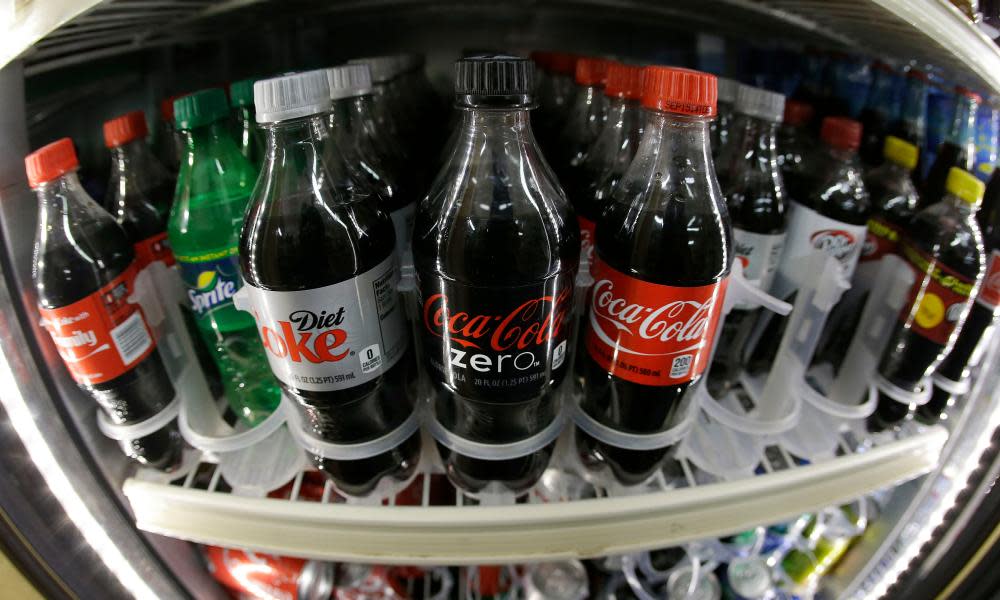Fewer consume sugary drinks but decline is uneven across US, study says

Fewer Americans are drinking sugary beverages each day compared with a decade ago, but the decline is not evenly spread among the population, a new study shows.
The Harvard TH Chan School of Public Health study found that over 10 years, some minority groups were as likely to be drinking one sugary beverage per day at the end of the study as they had been at the outset.
“Sugary beverages are the single largest source of calories for many people in the US and they are also highly linked to obesity,” said the study author Sara Bleich, professor of public health policy at Harvard. “So, we want to understand what the trends are, and do those trends vary among groups and among children?”
The sugary beverages, including soda, punch and sports drinks, have become a target for public health campaigns worldwide in the last decade.
The findings of the study, published in the journal Obesity, are significant because they are likely to guide public health experts’ future efforts to enact soda taxes.
The World Health Organization last year urged all countries to consider adopting these taxes to curb obesity, but campaigners face strong opposition from food and beverage companies.
Despite how hard it is to enact the taxes, those in place in cities including Philadelphia appear to be working based on preliminary data, Bleich said. Chain retailers in Philadelphia saw a 57% decline in the total sales of sugary beverages six months into the tax, Bleich said, compared with Baltimore, Maryland, which was used as a control city.
From 2004 to 2014, the proportion of children and of adults who drank sugar-sweetened beverages dropped, according to the study. In that period, the percentage of children drinking the beverages sank from nearly 80% to 60%, and the percentage of adults fell from 61% to 50%.
However, not all groups saw a decline. Researchers did not find any significant decline in the proportion of Mexican American, non-Mexican American Latinos and black Americans between 20 and 39 or older than 60 who drank the beverages.
“These groups are at higher risk for obesity, and tend to be low-income populations,” said Bleich.
Researchers used data from the National Health and Nutrition Examination Survey. In 2013-2014, that study sampled 14,332 people from 30 different locations. Workers from the US Centers for Disease Control and Prevention interviewed each of the participants. Of those selected, 10,175 completed the interview and 9,813 were examined.

 Yahoo News
Yahoo News 
